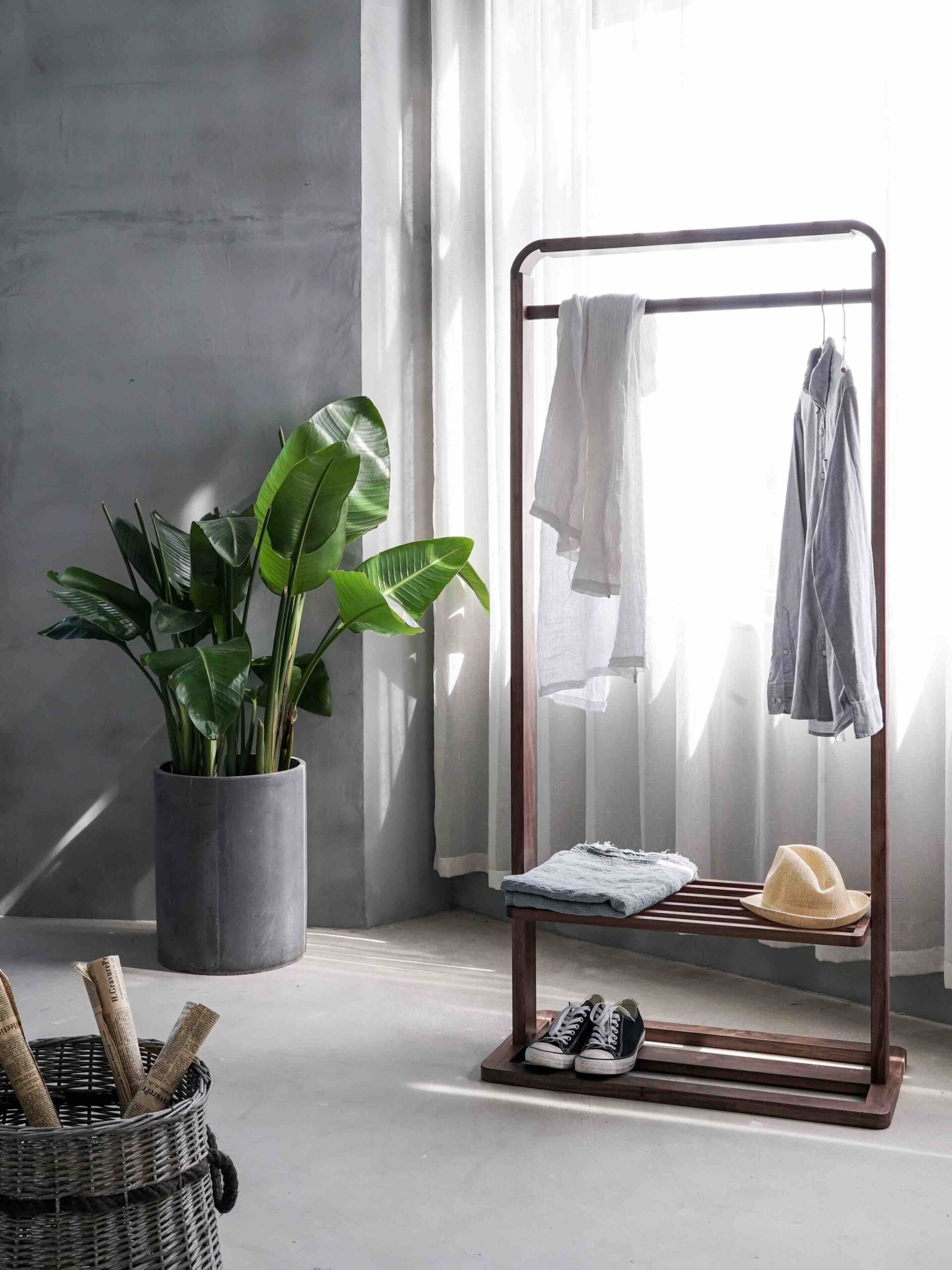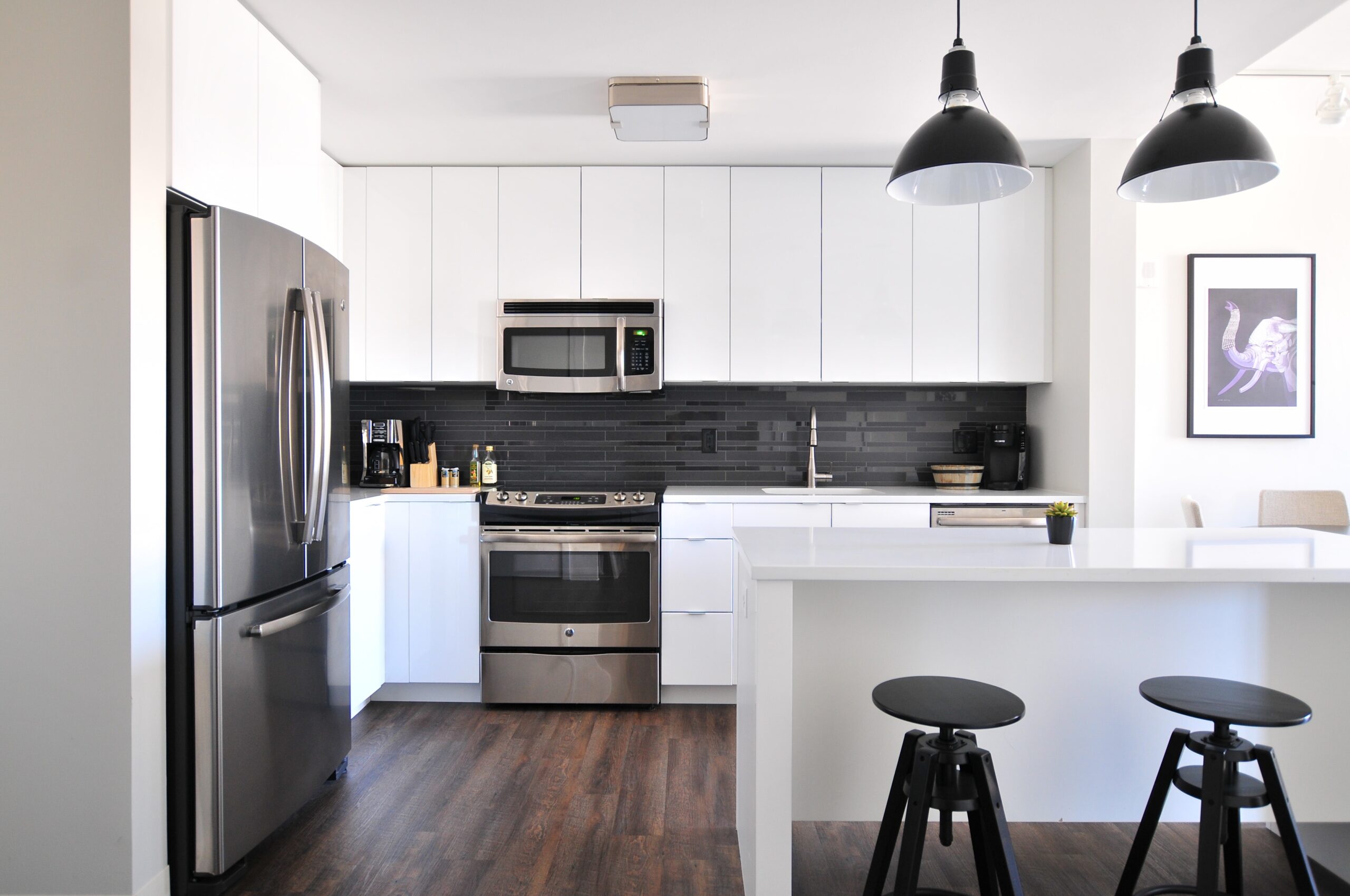When it comes to interior design, the 70 20 10 rule is a principle that many designers swear by. It is a simple guideline that helps create a balanced and cohesive look in any space. So, what exactly is the 70 20 10 rule and how does it work?
The 70 20 10 rule suggests that when designing a room, you should allocate 70% of the space to a dominant color, 20% to a secondary color, and 10% to an accent color. This rule helps maintain visual harmony and prevents the space from feeling overwhelming or too monotonous.
Let’s break it down further:
The dominant color, which makes up 70% of the room, sets the overall tone and creates a sense of unity. This color is usually used for large surfaces like walls, floors, or furniture.
The secondary color, comprising 20% of the space, adds depth and visual interest. It can be used for items like upholstery, curtains, or rugs.
Lastly, the accent color, making up the remaining 10%, adds pops of color and draws attention to specific areas or objects. This color can be incorporated through accessories, artwork, or smaller decorative elements.
Remember, the 70 20 10 rule is a flexible guideline, and there is room for personal interpretation and creativity. It ensures that the colors in a space work together harmoniously, creating a visually pleasing and well-designed environment.
So, the next time you embark on an interior design project, consider applying the 70 20 10 rule to achieve a balanced and cohesive look.

